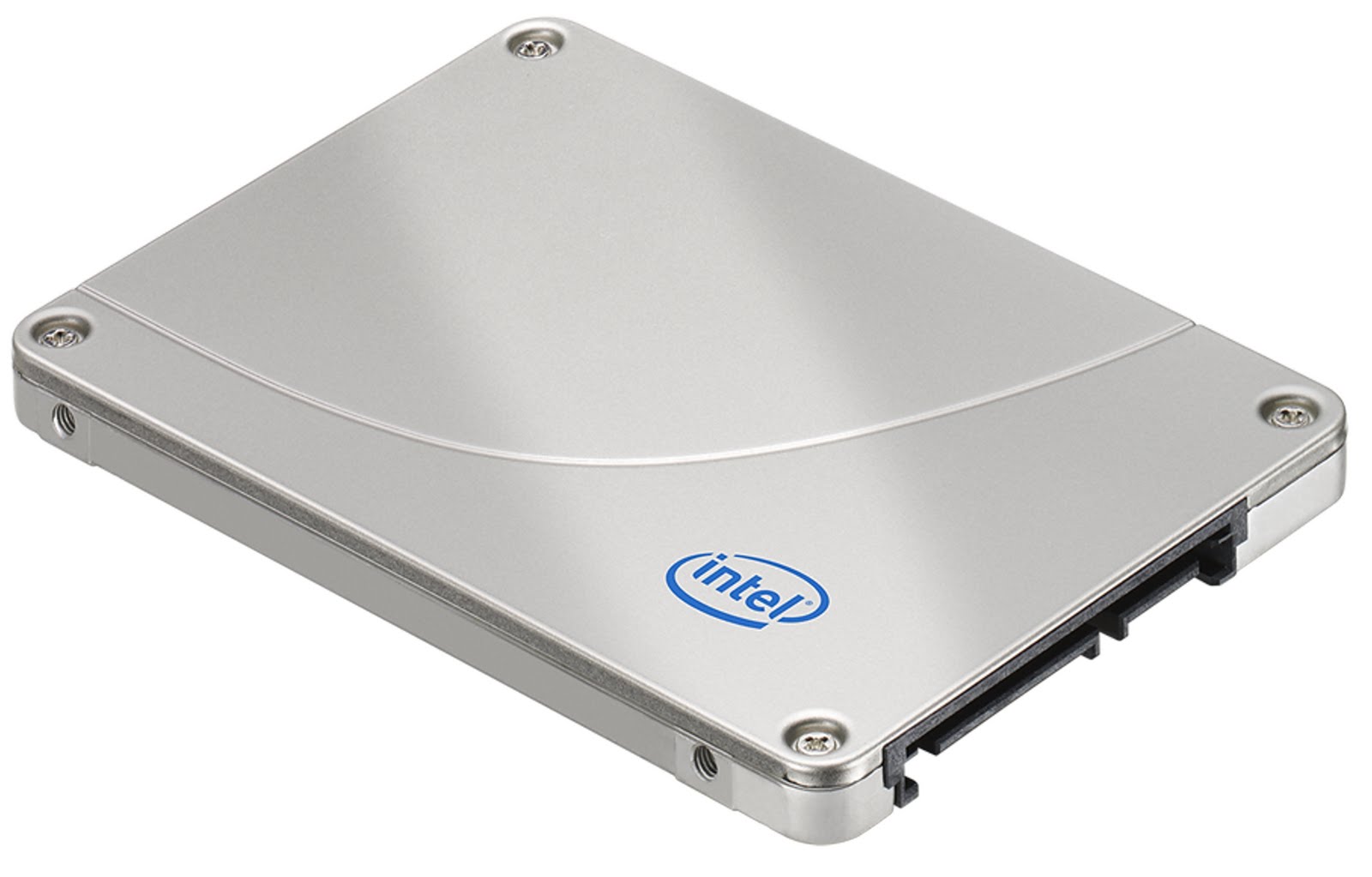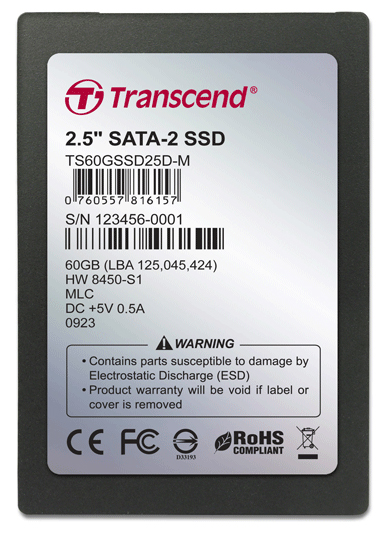Can Bargain SSDs Give Windows A Quantum Performance Leap?
Getting Older By The Minute
I tend not to get very excited about incremental upgrades. Sure, going from a hard drive with 100 MB/s sustained throughput to one with 110 MB/sec is gratifying, but I’m not going to put it on a T-shirt and tell all my Facebook friends that they absolutely have to upgrade because it’s the coolest thing ever. Small steps are good, but they don’t often change your life.
This is an article about something that will change your life. Here on Tom’s Hardware, we’ve covered solid state drives (SSDs) from a lot of different angles. You know they’re usually faster than hard drives, especially on read operations, and they consume a lot less power. A few weeks ago, our dynamic duo of Schmid and Roos released an article called Benchmark Results: Booting, Shutdown, Hibernation, Standby. This piece compared the performance of Windows 7 against Windows Vista, particularly on everyday Windows tasks, such as boot and shut down times.
“Hmm,” I mused. “We all know that SSDs can run circles around the performance of mechanical hard drives, and Windows 7 is better-optimized for SSDs than prior Windows versions. And you now hear a lot of buzz about the suitability of SSDs as Windows boot drives. But is there a significant difference between a $150 SSD and a $500 one when using the drive primarily as a boot volume under Windows 7? And how would these SSDs compare against a high-end hard drive in the same tasks?”
The system on which I do most of my work runs a 3.2 GHz AMD Phenom II X4 955 Black Edition processor with 4GB of RAM and a 750GB Seagate Barracuda 7200.10 primary drive. Loading Outlook 2007 takes me 12 seconds. Loading Adobe Premiere Elements 7—just the app, not even any work files—takes 53 seconds. I abhor having to restart Windows because I can literally make lunch in the time it takes for all of my background apps to load from a cold boot. We’re all busy people, and losing these minutes adds up.
Time is money. What’s your time worth? If you could magically get back 10 minutes of your computing day, five days per week, that’s over 43 hours recaptured annually. Even if you earn minimum wage, just $7.25 per hour, a $300 SSD would pay for itself within the first year alone if it could save you those minutes.
Can SSDs do this? And more importantly, does it matter how much you spend on an SSD in the pursuit of saving these minutes? Place your bets and keep reading....
Get Tom's Hardware's best news and in-depth reviews, straight to your inbox.
-
timbo Dual drive ftw. It especially gives me an important advantage in loading mp maps faster: every second counts in getting to advantageous spots first; it can & does change the outcome of who wins.Reply -
I love how they neglect to include Linux, Unix and Mac. I guess that makes us just less important. By the way I'm pretty sure a SSD would make Ubuntu pretty snappy as well.Reply
-
zebow2002 Linux, Unix and Mac have a combined market share of 30%, wich makes them less important. Great article, can't wait for my Intel G2.Reply -
johnbilicki Two 64GB SSD's in RAID0 is more then enough for most users when a second RAID or bare drive is presumed. The main issue is still the cost per GB at $2-2.5 a GB I'm not knocking any one over even if it halves my boot and application time.Reply
Also in general please stop making socket 1156 like it's the best thing in town because Intel has made it clear that it's a mainstream socket and they will not be getting more then four cores ever; I am only saying this since as an upgrader I hate to see other people presume socket 1156 has a good upgrade path which it doesn't unless Intel changes it's mind and the last time I checked the upgrader's best friend is AMD (good motherboards/chipsets for under $400, unlocked multipliers for under a grand, unlocked cores, etc). -
xrodney I am using now 128GB patriot torx SSD as boot drive (only OS and few apps there leaving half drive not used) and rest apps and media having on 1.5TB 7200rpm drive.Reply
I was really thinking for 3-4 months before jumping on SSD but glad I did. Just 13 min to fully install W7, 15-18 seconds to desktop, 5-8 seconds to shutdown (5 no app running, 8 with loads of them started) and apps starting 3-8 times faster then with regular hdd.
Same as author 1st time booting to OS on SSD almost fell of chair as I was expecting to be it faster but not that much (3.5min boot time before) -
haplo602 wow ... I ma living on an ancient 40GB PATA drive at home. windows and linux and data. I really do not get how your boot drive can be 200GB of application only.Reply
a nice 64GB SSD drive would be just fine for all my needs.
one remark, can you include fakeraid (mobo implemented raid) raid1 configuration tests ? -
xrodney haplo602wow ... I ma living on an ancient 40GB PATA drive at home. windows and linux and data. I really do not get how your boot drive can be 200GB of application only.a nice 64GB SSD drive would be just fine for all my needs.one remark, can you include fakeraid (mobo implemented raid) raid1 configuration tests ?Its not that hard windows 7 64bit alone take like 15GB add hybernation file few apps and you are way over 40GB, some apps or games can have even more then 10GB (AoC have 30GB+).Reply -
Otus Looks like I might need to get a small SSD soon. Since my Ubuntu root (OS+apps) partition has just 4GB of data, I should be more than OK with a 64GB drive. Unfortunately stuffing Windows in there would be almost impossible.Reply -
xrodney SnarkI get the boot drive on desktop angle... but what about laptop installations?On laptop you should even see more performance boost as 2.5" drives they use are usually considerably slower then on desktop. Also you would get rid of possibility damaging disk when dropping your notebook as SSDs have no moving parts.Reply

